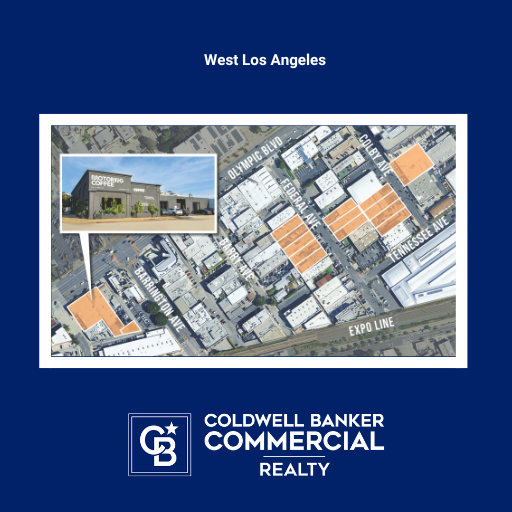5 Reasons to Consider Student Housing as an Investment

When unemployment rates go up as high as they did during the recession, newly unemployed folks rush to enroll in higher education. Either to improve their marketability and skills for an increasingly educated job market or to have access to money while looking for work, universities saw in uptick in both foreign and domestic student enrollment in U.S. universities during the economic collapse in 2010.
In fact, Pew Research shows that enrollment growth by foreign students was greater than U.S. enrollment prior to the collapse. There has been a lot of foreign and domestic attention being paid to student housing as a great investment. Here are 5 reasons why:
5 Reasons Why Student Housing is a Solid Investment
There are “only two public student housing REITs” operating in the U.S.: EdR and ACC (American Campus Communities). Until now, very few institutional investors backed student housing despite its reputation for being able to weather rocky real estate environments better than any other asset class. It was more of a portfolio asset, rather than a standard asset class of its own.
What kept investors from pursuing student housing has been the party image of college students destroying properties. Times are changing and so are the types of student tenants and types of housing that they want. EdR boasts a portfolio of 35 student housing assets on 35 different university campuses, occupying both campus (31%) and off-campus (69%) space with plans to partner with some of University of California’s campuses.
The other publicly traded student housing REIT, ACC owns properties on some of the biggest campuses in Texas, Florida, and Arizona, with projects on nearly a dozen campuses. Their portfolio also combines a mix of 23% on-campus properties with 77% off-campus.
These REITs have seen above average returns even during the Great Recession. Consequently, as an investment, there are several reasons why student housing is viewed as a solid investment. Here are our top 5 reasons:
#1: Recession Proof
In general, when unemployment rates go up or an economic downturn rocks most other sectors of real estate, including multifamily, student housing tends to stay the same. During the recent recession, when the housing market overall crashed to well below 0% growth, student housing remained on average at 2.8%. Plus, recessions usually see a parallel spike in student enrollment.
“Student housing tends to be a solid, almost recession-proof investment, given its ability to stay relatively consistent. There will always be college kids and they will always need a place to live,” says Jim Simpson, CCIM with Coldwell Banker Commercial Wallace & Wallace in Knoxville, TN.
#2: Steady Returns
Investors in multifamily typically see a lower yield than student housing investors. Over the last year or so, multifamily averaged close to 4% returns while student housing lingered around 3%.
#3: Enrollment Rates are on the Rise
Enrollment rates for students in graduate school alone are expected to rise close to 15% in the next 5 years. With foreign students filling the gap in enrollment among U.S. students, universities failed to anticipate growing demand for on and near-campus housing. Now those same universities are looking to partner with private investors to accommodate millions of new enrollees expected over the next several years.
#4: Need for New and Updated Student Housing
Student housing that already exists is often outdated and unsuited for the new type of student tenant seeking student housing. Tenants, particularly wealthy foreign students, expect student housing that is less like a dorm and more like an apartment. That includes high speed and Wi-Fi, private bathrooms, separate bedrooms, and more. Investors and developers are backing new construction betting on the continued need for more high end student housing.
“The amenities that today’s student tenants require are changing rapidly,” says Simpson. “No longer is shared laundry facilities and a swimming pool sufficient. Today’s multifamily properties are looking to attract student tenants with everything from free Wi-Fi to gyms, shared party space, study or computer rooms, and more.”
#5: Number of Foreign Students Have Doubled
Around 130K foreign students with F-1 Visas were enrolled in universities in the U.S. prior to the economic collapse of 2010. Fast forward to 2016 and there are twice as many foreign students with F-1 visas enrolled at universities in America. Foreign students more than their U.S. counterparts expect higher end student housing and are pushing demand for new asset development in student housing.
What Investors Should Look for in 2018
Properties that are a couple of blocks away from campus are actually in higher demand than on-campus assets. Developments near basketball courts, pools, restaurants, gyms, etc. can combine walkable features with their project development. Universities will need private developers to provide the 75% of student housing necessary to accommodate current and future enrollment rates.
Universities seeing the lowest cap rates are in the Power 5 conferences (check out Hooptown to discover more about the hometowns of your favorite Division 1 Schools!). Competition, especially for individual private investors is going to continue to stiffen throughout 2018.
A Trusted Guide in Commercial Real Estate
Coldwell Banker Commercial® provides Commercial Real Estate Services from Property Sales and Leases, to Property Management. Learn how our expansive network of Independently Owned and Operated Affiliates and Real Estate Professionals use their in-depth knowledge of the local market and industry trends to help businesses and investors navigate the complexities of the commercial real estate landscape.






